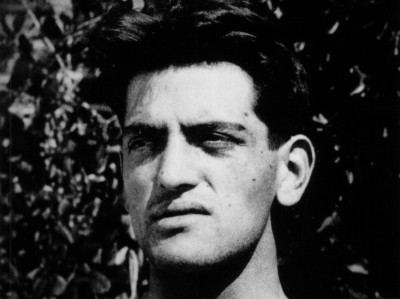
L'Age d'Or
(The Golden Age)
Vintage Print
With Gaston Modot, Lya Lys, Max Ernst.
France, 1930, 35mm, black & white, 80 min.
French with English subtitles.
Print source: HFA
The final film collaboration between Buñuel and Dali, this remarkable work was banned for years after fascist and anti-Semitic groups staged a stink-bomb and ink-throwing riot in the Paris theater where it was shown. A Surrealist exposé of the social institutions that stifle love, L’Age d’Or begins with an iconoclastic account of the founding of "Imperial Rome" (and the Catholic Church) upon the rocky shores of a pirate’s cove. A more contemporary tale ensues when Gaston Modot, as a sort of Surrealist "everyman," attempts to liberate himself from every morality: he kicks a dog, strikes a blind man, slaps the mother of his beloved, and flings a burning Christmas tree out a window. The film concludes with its most scandalous sequence, in which a group of depraved men—all of whom bear an uncanny resemblance to Jesus—emerge from the debauchery of "120 Days of Sodom."
One of the most celebrated short films in the history of the medium, this collabor-ation between two young Spanish artists—filmmaker Buñuel and painter Dali (who wrote the screenplay)—utilizes the Surrealist form known as the "exquisite corpse" to create a dreamlike story of l’amour fou. Set in a Parisian apartment, the action spirals outward to critique the Church, bourgeois morality, and the accepted norms of art making. Even after seven decades, this dog, as filmmaker Jean Vigo once suggested, still bites.















